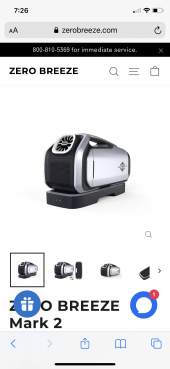Building a tear drop camper. I want to make a lithium 24 volt system. Can someone recommend a list of items I need to purchase? 2nd question: is it possible to make the system with an inverter and converter and run completely off the battery at all times? ie, run system while solar panels charging and or hooked to shore power only used to charge battery while using it? I’m asking this as to simplify the system. Rather than have a switch to turn from dc to ac when at camp ground etc.
my goal for the system is to have a 24 volt 200 ah battery with (u tell me how much solar) on roof (top is 6x10). Plus capable of shore power to charge system as well. If question 2 is not possible. Then will need to know how to wire ac as well. Eventually, my plan is to get a larger alternator and a 7 pin plug to charge while driving or to charge when no sun.
My power needs will be led lights, dometic cooler, occasional 110 appliance like blender or ice maker, roof fan, iPad and phone charger, on demand water pump.
Question 3. Below my living area in the camper will be a 60 square foot are that will hold my water tank and storage drawers for camping equipment. 6’x10’x1’
I want to use this space to hold all my electrical as well. Will it be to hot? Any hazards to having that below my sleeping area?
my goal for the system is to have a 24 volt 200 ah battery with (u tell me how much solar) on roof (top is 6x10). Plus capable of shore power to charge system as well. If question 2 is not possible. Then will need to know how to wire ac as well. Eventually, my plan is to get a larger alternator and a 7 pin plug to charge while driving or to charge when no sun.
My power needs will be led lights, dometic cooler, occasional 110 appliance like blender or ice maker, roof fan, iPad and phone charger, on demand water pump.
Question 3. Below my living area in the camper will be a 60 square foot are that will hold my water tank and storage drawers for camping equipment. 6’x10’x1’
I want to use this space to hold all my electrical as well. Will it be to hot? Any hazards to having that below my sleeping area?



